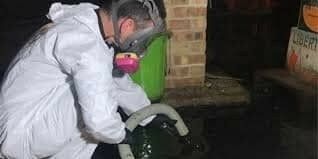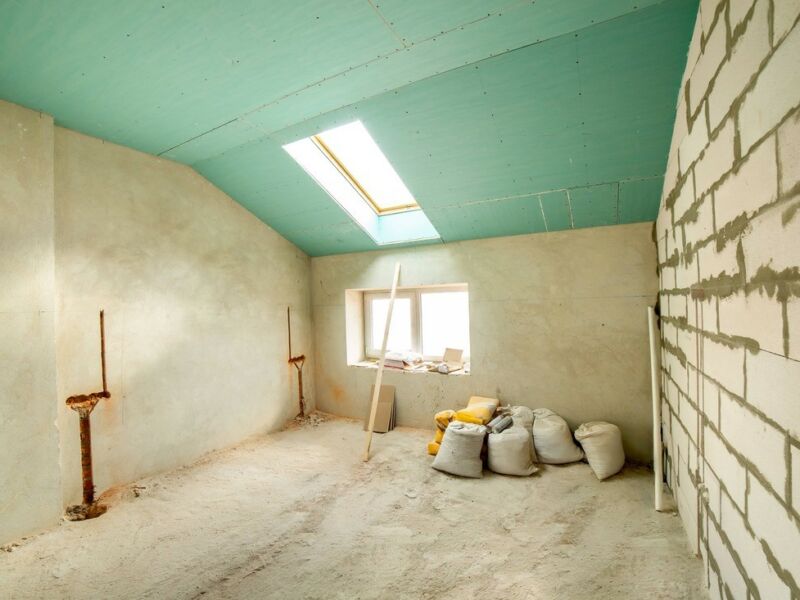
Introduction
Water damage in a crawl space can lead to various problems, including mold growth, foundation damage, and compromised structural integrity. To prevent these issues, it is crucial to dry out the crawl space as soon as possible. However, the drying process may take time and require specific steps to ensure effective restoration. In this article, we will explore how long it takes for a crawl space to dry out and discuss the necessary measures to facilitate the drying process.
The Drying Process
Several factors influence the drying time of a crawl space, such as the extent of water damage, the materials present, and environmental conditions. Here are the steps involved in the drying process:
1. Water Extraction
The first step in the drying process is to remove any standing water or excess moisture in the crawl space. This can be done using pumps, wet vacuums, or professional water extraction equipment. It is crucial to remove all visible water before proceeding with further restoration efforts.

2. Moisture Assessment
After extracting the water, it is essential to assess the moisture levels in the crawl space to determine the extent of the damage. Professionals use moisture meters and thermal imaging cameras to identify hidden pockets of moisture that may not be visible to the naked eye.
3. Drying Equipment Setup
Once the moisture assessment is completed, drying equipment such as industrial fans and dehumidifiers are strategically placed in the crawl space to facilitate air circulation and moisture evaporation. The specific setup will depend on the size and layout of the crawl space.
4. Monitoring
Throughout the drying process, it is crucial to monitor the moisture levels in the crawl space. Professionals use hygrometers to measure relative humidity and ensure it gradually decreases over time. The monitoring process helps determine when the crawl space is adequately dry.
5. Dehumidification
Dehumidifiers play a critical role in removing excess moisture from the air. These devices extract moisture from the air and collect it in a reservoir or drain it directly outside. Dehumidifiers may run continuously for several days or weeks, depending on the extent of the water damage.
6. Ventilation
Proper ventilation is essential for preventing stagnant air and promoting fresh air circulation. Opening windows and using fans can help facilitate the drying process by expelling humid air and bringing in dry air from outside. However, ventilation strategies may vary based on climate and weather conditions.

7. Structural Repairs and Preventive Measures
After the crawl space is adequately dried, any necessary structural repairs should be performed. This may include fixing damaged insulation, repairing cracks in the foundation, or replacing damaged wood. Additionally, preventive measures should be implemented to avoid future water damage, such as improving drainage systems and sealing any entry points for water.
How Long Does it Take?
The duration for a crawl space to dry out depends on various factors, including the severity of the water damage, the size of the crawl space, and the efficiency of the drying equipment. In general, it can take anywhere from a few days to several weeks for a crawl space to dry out completely. However, it is crucial to note that moisture levels should be consistently monitored during this time to ensure effective drying.
Preventing Further Issues
During the drying process, it is crucial to prevent further issues such as mold growth or damage to the crawl space’s structural integrity. Here are some preventive measures to consider:
Mold Prevention
Mold thrives in damp environments, so it is essential to implement mold prevention measures during the drying process. This may include using mold-inhibiting products, ensuring proper ventilation, and monitoring humidity levels.
Foundation and Structural Integrity
Water damage can weaken the foundation and compromise the crawl space’s structural integrity. It is crucial to address any structural damages promptly and consider reinforcing the crawl space if necessary. This may involve consulting a professional contractor or engineer.
Humidity Control
After the crawl space has dried out, it is important to maintain appropriate humidity levels to prevent future water damage. Installing a dehumidifier or using ventilation systems can help control humidity and prevent moisture buildup.
Conclusion
Drying out a crawl space after water damage is a critical step in preventing further issues such as mold growth and foundation damage. The drying process may take varying lengths of time, depending on the extent of the damage and the effectiveness of the drying equipment used. It is essential to closely monitor moisture levels and implement preventive measures to ensure the crawl space remains dry and structurally sound. If you require professional assistance with water damage restoration, contact JGW Group Water Damage Restoration for expert services.
How long does it take for a crawl space to dry out after water damage?
What are some preventive measures to avoid further issues after drying out a crawl space?
Note: Amazon Associate Disclaimer – As an Amazon Associate, I earn from qualifying purchases.



